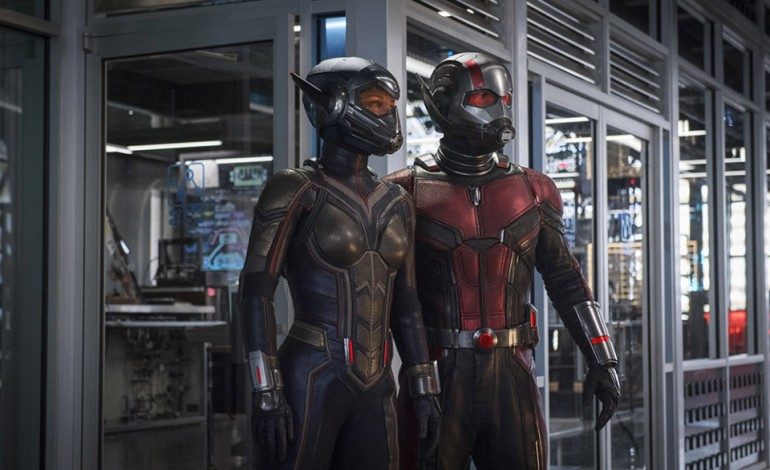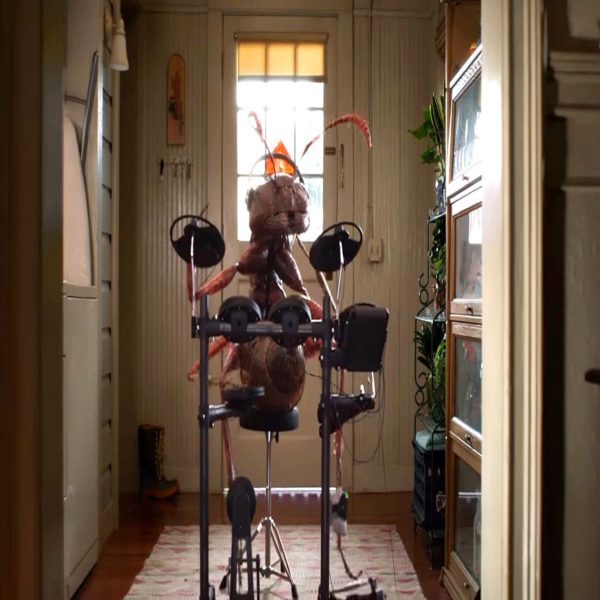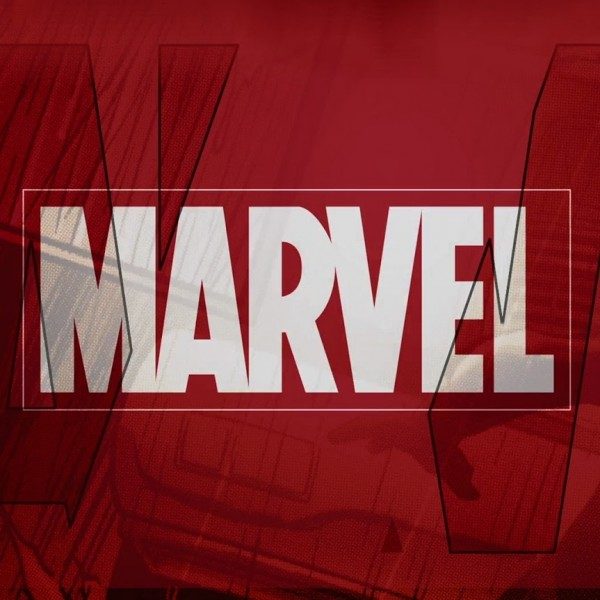

Now twenty films into their industry defining shared cinematic universe, Marvel Studios is going for their third smash hit in one year. Ant-Man and the Wasp continues the story of ex-con Scott Lang and his use of the Ant-Man technology developed by Dr. Hank Pym. In keeping with Marvel’s unparalleled knack for continuity, Ant-Man and the Wasp seamlessly picks up from where fans last saw the character, incarcerated following his involvement in Captain America’s efforts to protect The Winter Soldier in Captain America: Civil War. Scott Lang (Paul Rudd) is nearing the end of a two-year house arrest stint. While under home confinement, Lang attempts to balance his life between being a great father to his daughter Cassie and running a security business with his former partners in crime, pals Luis (Michael Pena), Dave (rapper T.I.) and Kurt (David Dastmalchian). When not devising elaborate fun for his daughter or complex camera arrays for his business, he tries to stave off boredom as best as he can. An F.B.I. agent named Jimmy Woo (Randall Park), itching to bust Lang and pull his parole, tosses his house at even the slightest hint that he may have broken quarantine. Thankfully, Lang’s ex-wife Maggie (Judy Greer) and her new fiancé Paxton (Bobby Cannavale) are now wildly supportive, having forgiven Lang’s prior transgressions due to his diligence in trying to fulfill his house arrest agreement.
It’s not long before Lang is reunited with Hope Van Dyne (Evangeline Lilly) and her father Dr. Hank Pym (Michael Douglas), uncovering where they’ve been hiding and what they’ve been up to. They are none too pleased that Lang went off to help the Avengers in a squabble that ran afoul of the Sokovia Accords, a document framed up to keep superheroes on a short leash. Nevertheless, they’re diligently hunting for Hope’s mother Janet Van Dyne, who they believe is trapped in the sub-atomic quantum realm. Cooperation is in order so Lang can help them locate a key story element, but instead they run face-first into Ghost (Hannah John-Kamen), a wildly erratic adversary who literally phases in and out of the visual spectrum at will. Both Ghost and a crooked tech dealer named Sonny Burch (Walton Goggins) become the main foils of the story, and a wild series of chases ensue as the story becomes a hilarious ride involving physics, comedic precision and poignant drama.
Unlike the first Ant-Man, an elaborate heist story meshed with smart comedy, Ant-Man and the Wasp is comedy layered with chase-filled action. The best comparison might be the legendary 1963 ensemble film It’s a Mad, Mad, Mad, Mad World, which featured a group of characters belligerently hunting for $350,000 in stolen money, each trying to outrun the others to reach the cash first. Money isn’t the goal here (you’ll have to see the film to find out what all the action is about), but once the new characters are established and the story truly gets rolling it’s either super creative fun with size shifting, ultra-witty comedy, or whiz-bang punch-perfect action. The film consists of a constant series of escalating attempts by the various parties to outgun and outsmart one another, all while Lang resumes the Ant-Man mantle and discovers that Hope is now as much (or more) of a hero as he is; she can even fly and fire blasters from her arms. Hope is never explicitly called the Wasp in the film, but Evangeline Lilly throws everything she has at embodying the fierce intensity the comic book character was always famous for. As Wonder Woman recently showed, the best way to eradicate the barriers for a strong female lead in an action movie is to act as if they never existed in the first place. There’s never a glancing consideration of Hope having to prove how she can hack it; she just immediately does whatever’s necessary to help her cause succeed.
Chief among this film’s attributes is that it’s wildly entertaining. Many Marvel movies (Guardians of the Galaxy, Thor, Iron Man) rely heavily on humor to help create a more enjoyable experience, but Ant-Man and the Wasp smoothly encapsulates everything that you love about the comedy genre. It effortlessly exhibits all of the quotable finesse and incessant creativity of great comic films throughout the last fifty years; imagine Caddyshack transformed into a superhero action film. Paul Rudd and Michael Pena approach the material as if they couldn’t possibly pack in enough jokes, taking every opportunity (not containing important exposition) to cram in another heart-warming gag or clever retort. Rudd makes the most of numerous awkward situational encounters, utilizing witty responses and confused facial expressions. Pena’s Luis is rapid-fire hilarity; his character endlessly points out things nobody wants to say out loud (think of him as the inner dialog of the audience, only voiced through brilliant comedy). There’s one segment of Luis’ trademark voluminously-detailed-but-impossibly-unfocused stories that practically steals the whole movie. One joke even manages to expertly fit in a reference to the Latino community’s love of the singer Morrissey. Rapper T.I.’s Dave and Dastmalchian’s Kurt also manage to make the most of their limited screen time, consistently adding to the laughs.
For curious Marvel fans, the events of this film take place shortly before recent blockbuster Avengers: Infinity War. No spoilers for how it connects, but in true MCU fashion this movie stands well on its own while fitting neatly into the cinematic puzzle that’s slowly being assembled. Much of this film’s madcap action focuses on technology that the lead characters have, and what they believe it should be used for. In keeping with the first Ant-Man film, the Pym Particle and the tech to harness it is far too dangerous in the wrong hands, so the thrill here is watching the different factions in a tug-of-war trying to win out the day. Michael Douglas is around for the whole ride, but is most effective when the story gives him the opportunity for true emotional gravitas. Truly, Marvel’s bench is deep if a screen legend like Douglas is one of about fifteen assets on display here.
And in a story that is entirely about the dynamics of growing and shrinking in size (or phasing in and out of corporeal form), the effects here are almost invisible. Most films that require tons of CGI look bombastic and colorful, yet still unconvincing. You know you’re looking at something unreal, even though it still looks impressive. Ant-Man and the Wasp miraculously looks like everything is happening in the real world, and not merely existing in a world set on top of a green screen. All credit to Method Studios and the effects team for their work on this film, as it always looks believably real and the computer generated imagery is never distracting. There’s a lot of shifting up and down in size; it could have easily been jarring, but never is.


Verdict: 5 out of 5
Marvel Studios shows no signs of losing stride with Ant-Man and the Wasp. Now twenty films deep into an ambitious journey that few expected to succeed, the studio continues learning new lessons and improving upon their template rather than getting lost in boring tropes. Reinvention is the secret to their unbelievable success, and this movie will be no different. It may not have the cultural timeliness of Black Panther, or the incredible poignancy of once-in-a-generation Avengers: Infinity War, but it’s a massively fun movie. From the very first moment to the final end-credits scene, it’s a superb delight all around.

